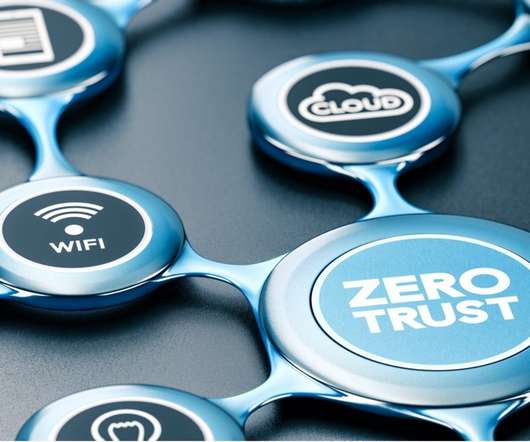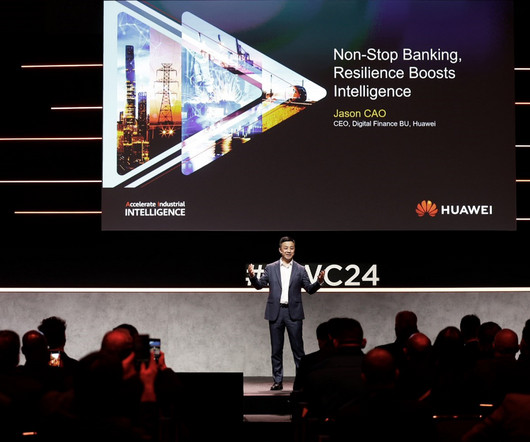Balancing Resource Sharing in Multi-tenant Architectures with Single-tenant Services
KineticData
MARCH 20, 2024
Understanding the Landscape In multi-tenant architectures, resources such as computing power, databases, and network resources are shared among various users or clients, referred to here as tenants. This design principle ensures that services can dynamically adapt, scaling resources up or down based on real-time needs.





























Let's personalize your content